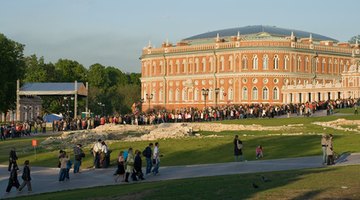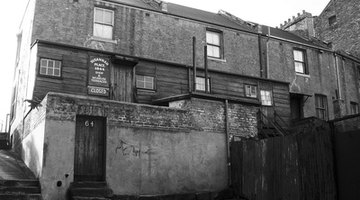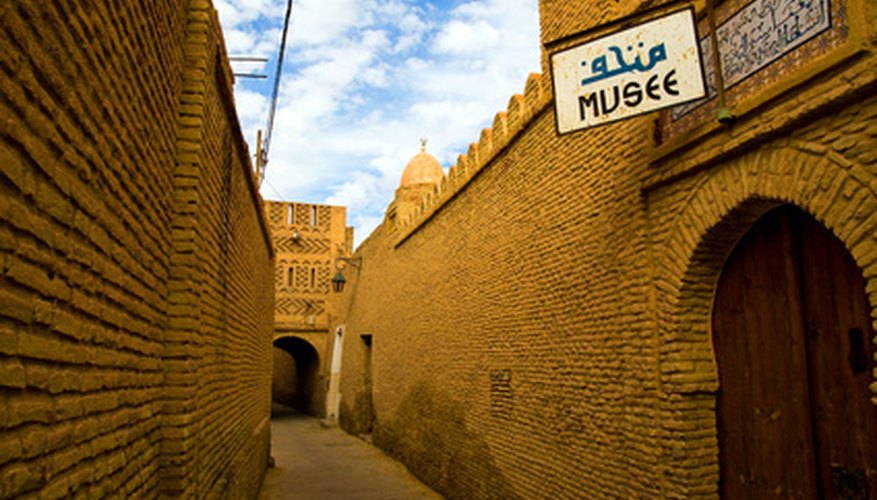A museum typically houses a collection of art or artefacts put on display for the public to view. In addition to being open for public admission, a museum may also offer guided tours, lectures and special events designed to teach and share knowledge with the local community. Although images of large world-renowned museums like the Smithsonian may come to mind when you picture a museum, you can start a museum of any size and devote your collection to any subject you wish. You can open a formal museum, or you can start a small museum right in your own home.

Decide on the type of museum you want to open. Write a business plan that outlines where your museum will be located, what size it should be and the type of collections you will display. Work out where you will obtain the pieces for display, and plan a budget for acquisition of museum collection pieces if necessary. You can start small, and arrange an your own personal collections for display with signs and accompanying literature to educate visitors about the history of the items. You can also seek out investors, partners and philanthropic aid to create a large scale museum complete with displays of art and artefacts.
- A museum typically houses a collection of art or artefacts put on display for the public to view.
- Work out where you will obtain the pieces for display, and plan a budget for acquisition of museum collection pieces if necessary.

Determine if you need a staff to help run the museum and if so, how many employees you would need to hire. Make a list of all the tasks that will need to be completed for the daily operation of the museum. Figure out which tasks you can complete on your own and how many additional tasks remain for employees or volunteers to complete. Remember either you or a museum curator will be responsible for acquiring pieces and setting up displays, but you also need someone to answer questions or lead tours, sell tickets and maintain the museum on a daily basis.
- Determine if you need a staff to help run the museum and if so, how many employees you would need to hire.
- Remember either you or a museum curator will be responsible for acquiring pieces and setting up displays, but you also need someone to answer questions or lead tours, sell tickets and maintain the museum on a daily basis.

Find a location for your museum that is centrally located where visitors can access it easily. You can also open a museum in a commercial building you already own, or you can open a private museum in your own home. Check the zoning restrictions in your city or town to make sure you can open and operate a museum business at your chosen location.

Register your museum as a business, and request a business license from your local municipality or retail authority. Set up a business current account to process payments and make museum business purchases. Consult with an accountant or financial planner for assistance with tax planning and structuring the museum operation with corporate officers if needed.

Apply for local grants and federal funding to help with museum start-up costs. If your museum qualifies, you may be able to receive federal funding from organisations like the National Endowment for the Arts, the Institute of Museum and Library Services or the National Endowment for the Humanities. You may also be able to obtain business financing from a bank.
